How far should you hit all your golf irons, with bonus how close data to help you understand if your iron play is strong or weak? Learn how to hit your golf irons correctly every time with simple golf swing tips.
If you want to lower your scores on the golf course, the simple lessons are for all golfers of all index’s wanting the facts behind better golf. Hit your irons consistently closer and farther with my best iron tips.
NOW AVAILABLE ONLINE LESSONS WITH MARK CROSSFIELD, check out his packages here: https://skillest.com/coach/markcrossfield
—–
SAVE MONEY and support the channel by using my affiliate links.
I’ve partnered with top companies to offer discounts on launch monitors, training aids, range finders, and more.
Check out all my affiliate deals here:
https://crossfieldgolf.info/Affiliate-Discounts
—–
Sign up for my FREE golf tips newsletter:
https://www.crossfieldgolf.com/
—–
Welcome to the Mark Crossfield Golf channel, your ultimate destination for all things golf! Whether you’re a beginner just learning how to swing a golf club or a seasoned golfer aiming to refine your golf swing, this channel is here to help you master every aspect of your golf swing. With a blend of expert golf instruction, golf tips, practical golf lessons and honest equipment reviews, Mark Crossfield provides you with everything you need to play your best golf.
At Mark Crossfield Golf, we know that mastering your golf swing and perfecting your golf grip are fundamental to becoming a better golfer. Our videos dive deep into the essentials of a solid golf swing, teaching you how to swing a golf club with precision and power. From golf swing basics to advanced golf swing drills and techniques, we cover it all. Learn the importance of a proper golf grip. Whether you’re looking to improve your golf swing takeaway or refine your golf swing tempo, we have the expert golf instruction you need.
Our channel offers a wide range of golf lessons tailored to golfers of all skill levels. If you’re new to the game, our beginner golf content will guide you through the fundamentals, including the golf grip, golf stance, and how to execute a consistent golf swing. For more experienced players, we provide advanced golf lessons on topics like ball striking and perfecting your golf swing. Each golf lesson is designed to be practical and actionable, so you can apply what you learn directly on the golf course and start seeing results.
Choosing the right equipment is crucial for any golfer. We provide thorough reviews of the best drivers and best irons to help you make informed decisions. Whether you’re searching for the best drivers for beginners or looking for high-performance golf clubs that can take your game to the next level, our reviews cover all the top options. Learn about the latest golf technology and discover which equipment is best suited for your game style. Our videos also explore how to use golf launch monitors and other golf training aids to improve your performance.
Every golfer knows that small adjustments can make a big difference. Our channel offers a wealth of golf swing tips designed to help you improve every part of your golf game. Learn how to hit the driver straight, avoid common mistakes, and develop a strategy for better golf shots. We provide detailed advice on mastering your short game and putting, ensuring you’re equipped with the skills needed to lower your scores. From fixing your slice to hitting longer drives, our golf swing tips are here to help you play smarter and more efficiently.
Understanding the mechanics of your golf swing is key to improvement. Our slow motion golf swing analysis breaks down each part of the swing, helping you identify areas for refinement. By performing slow motion golf swing analysis, you can make precise adjustments that lead to more consistent and powerful golf shots. This in-depth approach to golf instruction is ideal for golfers who want to understand the finer points of their golf swing and improve their overall technique.
At Mark Crossfield Golf, we believe in building a community of passionate golfers. Join us as we explore every aspect of golf, from golf swing basics to golf lessons for advanced players. We encourage you to leave comments, ask questions, and share your experiences. Our community is all about learning, growing, and enjoying the game of golf together. By engaging with our content, you’ll gain access to the best golf tips, golf lessons, golf swing advice and equipment reviews available.
Don’t miss out on the latest videos designed to help you improve your golf swing. By subscribing to our channel, you’ll receive regular updates on new golf tips, golf lessons, golf swing drills, and equipment reviews. Whether you want to refine your golf swing, find the best drivers, or just enjoy quality golf instruction, Mark Crossfield Golf Coaching has everything you need to play better golf and have more fun on the golf course.
How far should you be hitting your golf irons? I’m going to use real onc course data from Aros Golf to show you how far you should be hitting each one of your irions. And we’re going to base it around handicap, so abilities. We’re also going to touch on how close you should be hitting the golf ball with these irons as well, and hopefully unlock some of the secrets to breaking your best score on the golf course. Remember, during the video, there will be grass popping up. Just pause the video. Lots of information on the grass for lots of different handicaps as well so you get the information you need and digest the graphs. And I want to know in today’s video, how far do you hit your seven iron? Hit those comments up down below. While you’re down there, hit the like button. Remember to hike this video. Let’s get this video really pumping. And don’t be afraid to subscribe if you want more free golf content. So when we look at accuracy to start and hitting green accuracy, we see a huge discrepancy from the lower handicappers going up to the higher handicapstroke index golfers. If we break it down into the 50% chance of hitting a green rule, what you’re going to see is a scratch handicapper is around their seven iron range, and we’ll come to the distances which will make this clearer as well, but they’re around a seven iron range at their 50/50 chance of hitting the green, where the 15 index golfer, they’re probably down between a pitching wedge and a nine iron range. So, we see a huge discrepancy in the chance of hitting the green, which obviously for scoring is going to make a massive difference for you lowering your scores. Hitting the green more consistently and pushing your green count into that higher or lower index bracket will be gamechanging for your golf. And a big factor affecting this is going to be consistency of strike. So, one of the main reasons I see students really struggle with strike is a few. It can be technical, so what they’re doing in their swing makes it hard for them to strike. But they tend to focus all the attention on that where actually you need to practice strike. It’s something you should be working into all your practice time. It’s something good players will always work into everything they do from chip in to driver to iron play. So simple little game you can play next time you’re practicing. So it doesn’t matter if you’re working on getting in certain positions, you should still try and do that, but get these ideas into th that training as well. So first off, I want you to hit a medium iron. And this one, I want you to catch it clean. So feel like you hit a good strike, but you barely touch the mat. So really pluck it off the top of the mat or the grass, wherever you are. Still trying to hit target, still trying to hit a good shot. Now I can feel where I struck that on the face. I’m a bit lower on the face with that one cuz I plucked it quick clean, but a good enough shot. So, I moved it like two grooves down. With some students I’ve worked with, they can’t quite feel where they’ve struck it. So, if you feel like you need to just put something on the club, just put some tape on the club when you do this to identify if you are moving that strike around, then do. And the people who generally can’t feel where they’ve struck the ball on the face are the people who are never ever really practicing strike. So, you’ll start to learn to feel it. Then, what I want you to do is start getting dynamic. Move the ball position around. So I got the ball way forward left here almost like a driver here. Same thing. I’m going to pluck it clean. Going to look at the shape of shot. I’m going to look at the kind of feel of the strike. That was again low and it’s pretty much hitting target. Definitely that’s going to go higher for me. That’s a shot I could use on a golf course. Then I’m going to keep the ball in the same place way too forward. And I’m going to try and hit my normal shot. So it’s going to require that I shift across it a bit more and get down into that turf and hit my normal flighted shot. These are all skills that you need on the golf course. Ball on an uphill lie. I might hit that plucky clean one. Ball sat on top of a bit of a longer fairway. The clean shots going to come into effect. Ones where the ball slightly sat down. That’s where I might go closer to my normal strike where I’ve got ball below my feet. Also downhill slope and side slopes. These are all things that I should be able to dynamically adjust to as I’m trying to hit whatever positions you’re trying to hit. Working strike practice into your game is so crucial to making sure when you get on the golf course, you are starting to hit just a few more greens and move that 50/50 rate into that better player category. So, when we come to the distances that you should be hitting your irions, there’s no surprises that we see from the lower index players up to the higher index players. Scratch golfers averaging around the 160 yard mark with their seven iron. 15 indexes at the same club. They’re dropping down to around 141 yards. This is going to be consistency of strike, which is obviously something you can practice from the first tip. It’s also going to be just general speed that players are putting into the ball. Better players generally swing a little bit faster, a bit more confident that they are going to contact and hit the ball where they want to hit it. Distance is only half of the story. The last point I’ve got for you today as well is going to blow your mind when it comes to distance and accuracy. But staying with distance for now, what’s super interesting from the Aros data, and this is something that’s really surprised me, is the gapping stays quite consistently through the different handicap brackets. So the gappings are quite good. This is suggesting that golfers nowadays are much better at having equipment that is custom fit for them, that is fought through. So the gapping between irons is more practical. If your gapping doesn’t follow these patterns, you should definitely get a gap testing. Go for a club fitting and make sure the equipment you’re using is helping you maximize your iron play. But distance is still going to play an important role. If we want to just push that distance and that consistency and those greens hit a little bit more, let’s use some of these tips. One of the main reasons I see amateurs losing distance with their irons, apart from the obvious, poor strikes and some crazy techniques. But even with all that in mind, it’s loft delivery. What we call dynamic loft. If I hit, let me hit this shot. I’ve hit that quite what I feel hard. And the ball’s just popped up in the air and it is curving off to the right, but give me a few goes I’d get that straight. I swung at 91 mph with the club and I lofted it at 38 degrees at impact. That was the loft of my club and the ball went 140 just shy carry. If I now play this shot where I feel like I’ve hit that way softer. So I swung slower to probably hit this one yet further. So 90 mph club pretty much the same. 25° loft and we’re now carrying 170. Controlling the loft into impact is a huge issue for so many of you watching this video, which is why your distance vines isn’t in the right bracket. Couple of tips for you. First of all, make sure you set up with an iron with the handle lean in place. So, hands towards lead leg, face at target, then establish grip. Too many golfers set straight, put the hands on straight, they want to deliver handle lean. If they do, they get the weak pop off to the right. They don’t like that shot. So that then encourages them to start trying to deliver this way to get target. Guess what? That adds more loft. If you’re someone who sets the grip up in the air, make sure that handle lean is in place at the start to try and help deliver a little bit of handle lean. And then number two tip is trying to feel that you’re aware of club face as it moves around the golf ball or around the golf swing. Last position of last parallel into down swing is a key position for so many of you. The more the club turns to the ground, the lower the dynamic loft often is delivered. Dynamic loft 16 degrees. The more that face is pointing straight out in front of you or even slightly up to the sky, generally the more loft you deliver. So having some control of feeling of last parallel and where that face is turned to through turning your wrists around, turning that face around is going to be key for maxing out distance with your irons. And the best way to conquer this is actually to work on manipulating last parallel. You need to hit some shots where you over rotate face down to the ground. Do some where you rotate face up to the sky. And then hopefully you can find a nice medium that gives you the better shot. The skill of controlling club face is that in itself. It’s the skill of manipulating both sides of where you want it to be. That’s what allows it to stick in a good place and you hit plenty of good shots. So many golfers just fight one side, can never hit the other, which is why they can never settle on a good medium because their medium is between wrong and a bit more wrong, which is generally wrong. But remember, as I said, distance is only part of the story. A huge difference we see from the data at Aros is accuracy. So with likeminded clubs, so forget distance. Now both players have a pitching wedge in their hands. We have a scratch golfer and a 15 index golfer. The scratch golfer is hitting that pitching wedge averaging 26 feet away from the hole. The 15 index golfer is 40 feet away from the hole. That’s almost double the length putt every single time. And with a 7 iron, that gap just gets bigger. 41 ft with the scratch index and 68 ft with the 15 index player with equivalent 7 iron. So, not distance, the actual club they’re hitting. So, what can you do to try and just sneak some wins in this section and get that ball a little bit closer to the hole? First off, you can use premium balls. And this isn’t an advert for premium balls. You use whatever balls are best for you, but what we will notice is that the better players in the Arcast area are often using premium balls. And that’s because they’re looking for every little gain they can get. Remember, to get better at golf, certainly, let’s say iron play and work out how far you hit it and how close you hit it, you’ve got to win at loads of little skills to try and add up to a bigger win. So, just making sure you’re using a golf ball that’s giving you the most control when it lands on a green might sneak your average distance a few feet closer. And over time, that will pay in your score. It will pay off in the actual score you post. Being super smart with targets, understanding from the graphs here how close you don’t hit the ball might help you choose some better targets. Meaning that you don’t hit the ball into disaster areas when you’re trying to do something that on average you simply don’t do like a pin tucked in a corner or even in the middle of the green but with a roll off of the back. So everyone always thinks aim in the middle of the green. That’s not always the case. those front runons to the greens might be a place to land it because that green’s fatter knowing that you only hit the ball on average 68 feet from the hole. Like you’re gonna need a big green if you’re going at a green with any drop offs anywhere. If you’re going at a pin certainly with any drop offs near it, if you’re averaging 68 feet, you can get smarter with your targets when you’re smarter with the knowledge of what a good and a bad shot is. And that is something we find scratch handicappers do way more often. When you play with a good player, you might remember their good shots, like stand out, that was such a great shot, that scratch play hit. But what they’re remembering is making less mistakes. They’re constantly trying to just make no mistakes, like big mistakes. And every golfer makes mistakes, but when they make one, it’s a small mistake where an amateur can hit a great shot, lands on the green, rolls over the back, and they’re gutted, can’t get up and down, hit a bunk or what have you. They’ve just chosen a poor target. they are not able to stop that ball on that green in that spot. If they’ have just gone left or right of that smarter targets could really save your score. And the moral of this video really once you’ve got your distance, you hit every iron down so you realize where you are in amongst your peers is making sure strike is something you’re always aware of and working on. Couple of simple drills just to push strike on a little bit more. Number one, stand with your feet together, hit a few shots, and if you can on a down swing, bounce down, bounce up. If you find that this is something that makes you strike the ball quite well when you’re on the range and warming up, you’re probably someone who takes a lot of swaying off the ball and don’t really get back to it because feet together is going to keep you way more centered. Also, the slight down and up is allowing you to really push down into the ground and up to get control of that low point. So, get those feelings into a swing. If this is where you strike your ball better when you take your real stance, imagine that pressure is pushing more down through the middle and try and hit the ball staying there. Now, if you’re someone who doesn’t get across, let’s say you’re someone who gets a little bit this way, take your whip for stance, pull your lead foot in to be levelish with the ball, and then on the top of the back swing. So, as you finish your back swing, just step forward back to your original stance. This makes you hit ball then ground a little better. get those cleaner strikes, those pure strikes. Then you’re someone who’s probably not very good on the down swing. It’s shifting across, hitting shots where you’re trying to practice that shift. See that? Just moves everything across with that step is probably what’s going to allow you to start learning how to strike it purer. Now, if you found the information in this video helpful, you want to know how far your driver should go, this video’s got all the help you need. Hit the like button down below if you like the video. Hype this one up. Really helps the channel. Hit the like button as well. Remember to subscribe if you want more videos. See you next time.

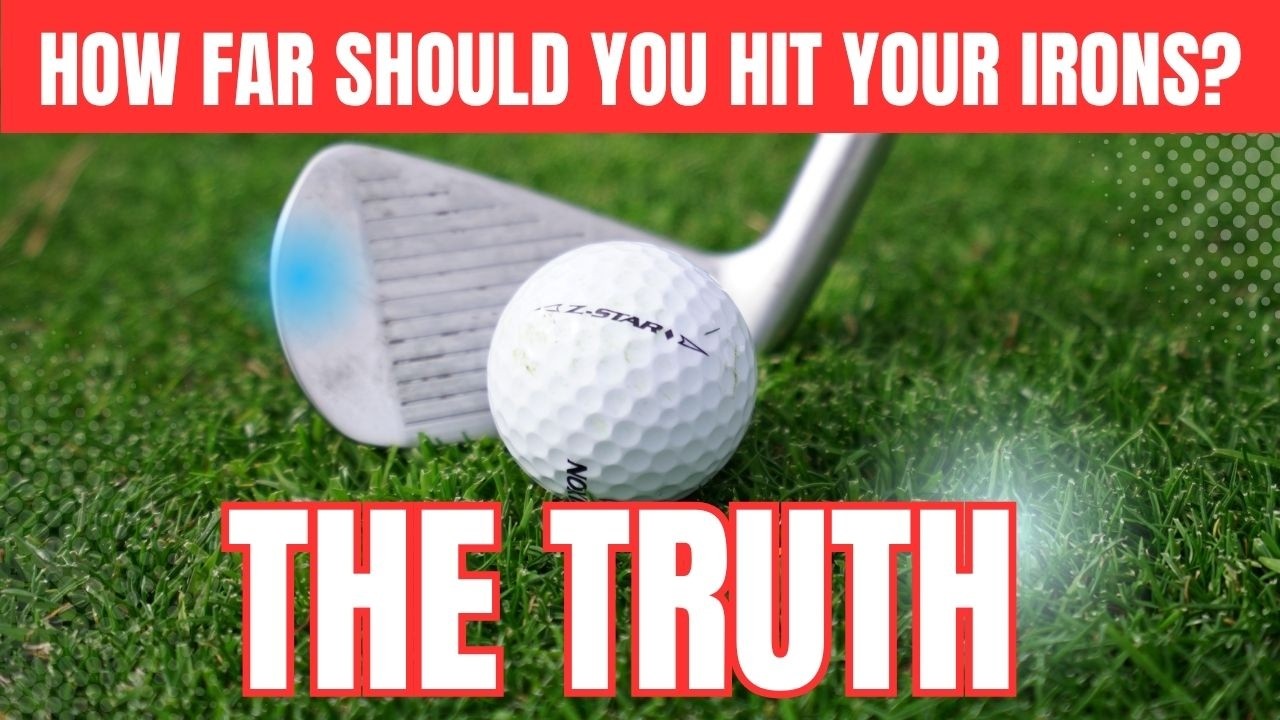
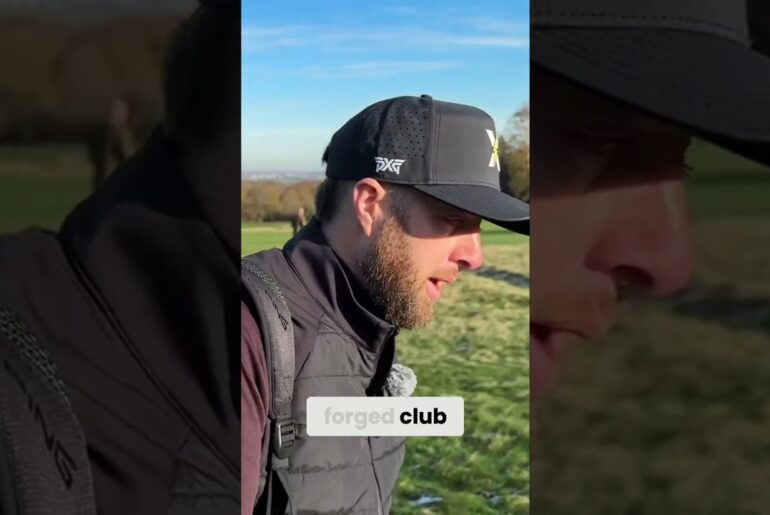
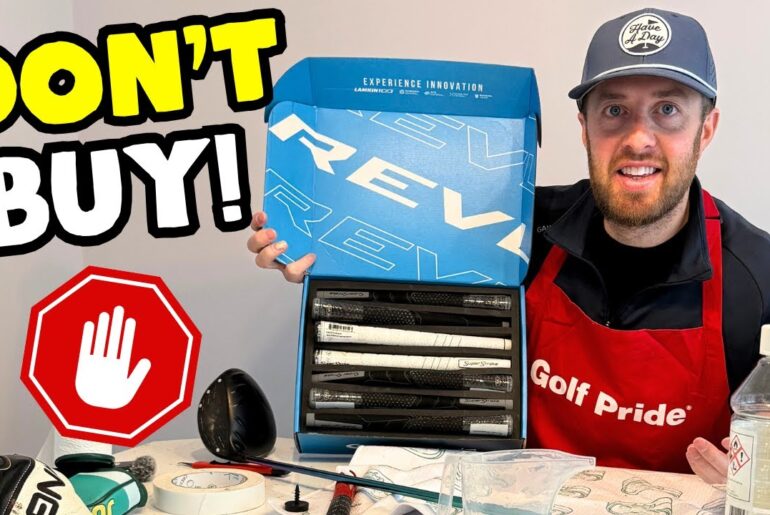
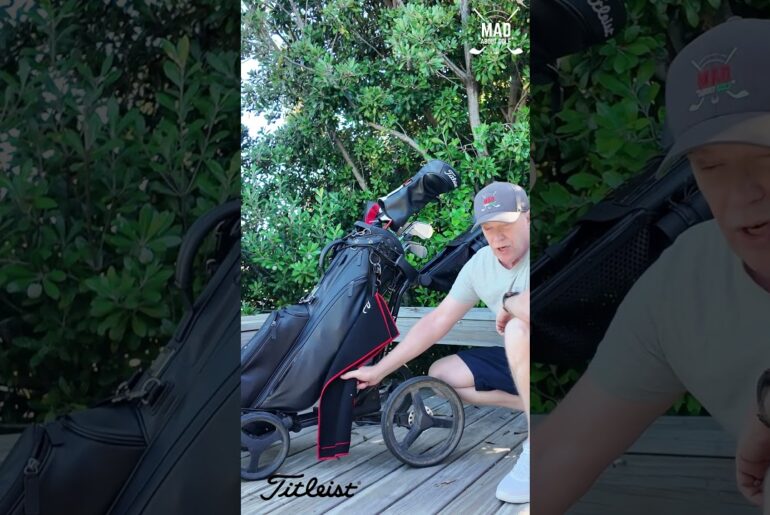
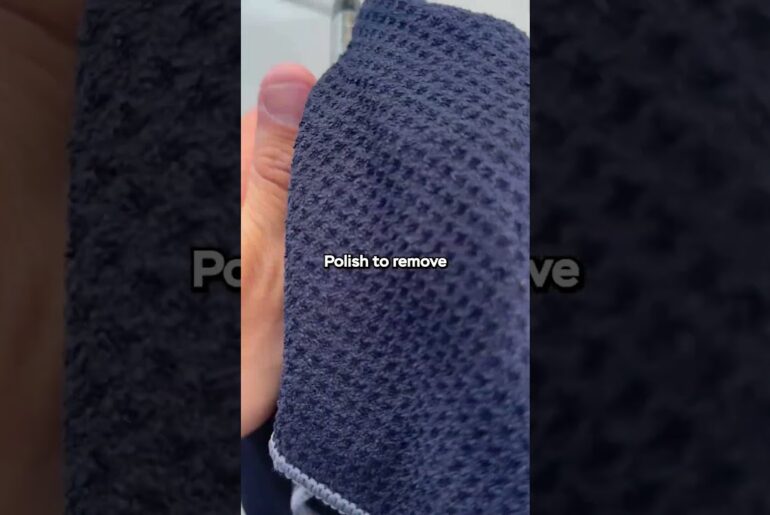
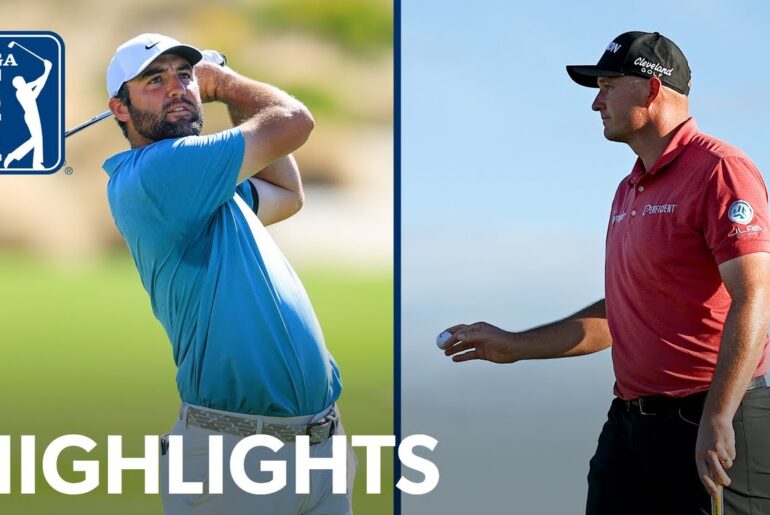

18 Comments
I've been watching you for a long time now, and every time you surprise me with your creativity. Thank you for your interesting content!🚴💿🎄
Keep up the good work! Your ideas always bring something new and interesting.❓⚫️🤘
67 with a 35 year old golf mind. Still think i should stripe my 7 iron 150 yards.
395 yard average with my 7 iron
80 years old and thankful to be carrying my 34 degree 7 iron 120 yards .
My back saver swing is 135 yards with the 7i loft 33 degrees. The long one would be about 150 yards. I'm a guy, age 63, 178 lbs., with no established handicap. My best round as a weekend golfer is 77 (2024) and the worst is 93 from the middle tees. Love the quality content!
Arccos say I’m hitting 7-iron at 162 yards. If I need to carry, say, 148, I will hit a 7-iron
240yrd with weak lofted MP-18….but I also live at roughly 2800m/ 9000ft LOL. 6 iron club head speed is 105mph though.
In reality this data is very questionable. Thanks to loftjacking one 7 iron may have a significantly different loft to another, so using club numbers is pretty pointless. As an example the 7 irons in 😊zxi 4,5 & 7 irons are all different lofts, and a 15 handicapper could be using Any of these.
I got fitted to game improvement irons 2 years ago. I hit my 7 iron about 180 carry but relatively flat. It’s not ideal these days I need to be re fit
175 – 180 7 iron as a 16hcp. Irons are definitely my strength.
143- 150 yard 7 iron off a good lie.
7 iron i get 170 yards with a 30.5 loft.
40 year old, playing for 13 months and currently playing off 18. I hit my 7 iron around 170 yards on average, but a flushed shot can go 180. Probably helps that I’m 6’ 6” and have 92mph swing speed. I’d post screenshots from arccos if I could.
It’s crazy just how much distance you lose in cooler British weather. Get on a real course and show us how it’s done Mark 👍
carry 145m, Ballspeed around 115 mph, 34 degree Titleist ap 2 718, around Scratch, always up and down
Ping i210 7 iron 34 degree 160 – 175
Typically a scratch golfer is going to be using weaker lofts compared to a higher handicap golfer if they are using clubs that are appropriate for their playing level. And as you mentioned, the ball will likely be different if they aren't using the wrong ball. My club distances can change by almost a whole club depending on which ball I'm using. TM Speedsoft with PW for me is about 120-125. A Kirkland ball will travel about 10 more yards with the same club and swing. I don't know my handicap as I don't see the point in keeping score until I get some lessons and start noticing some improvements. Oh and my PW is 45 degrees